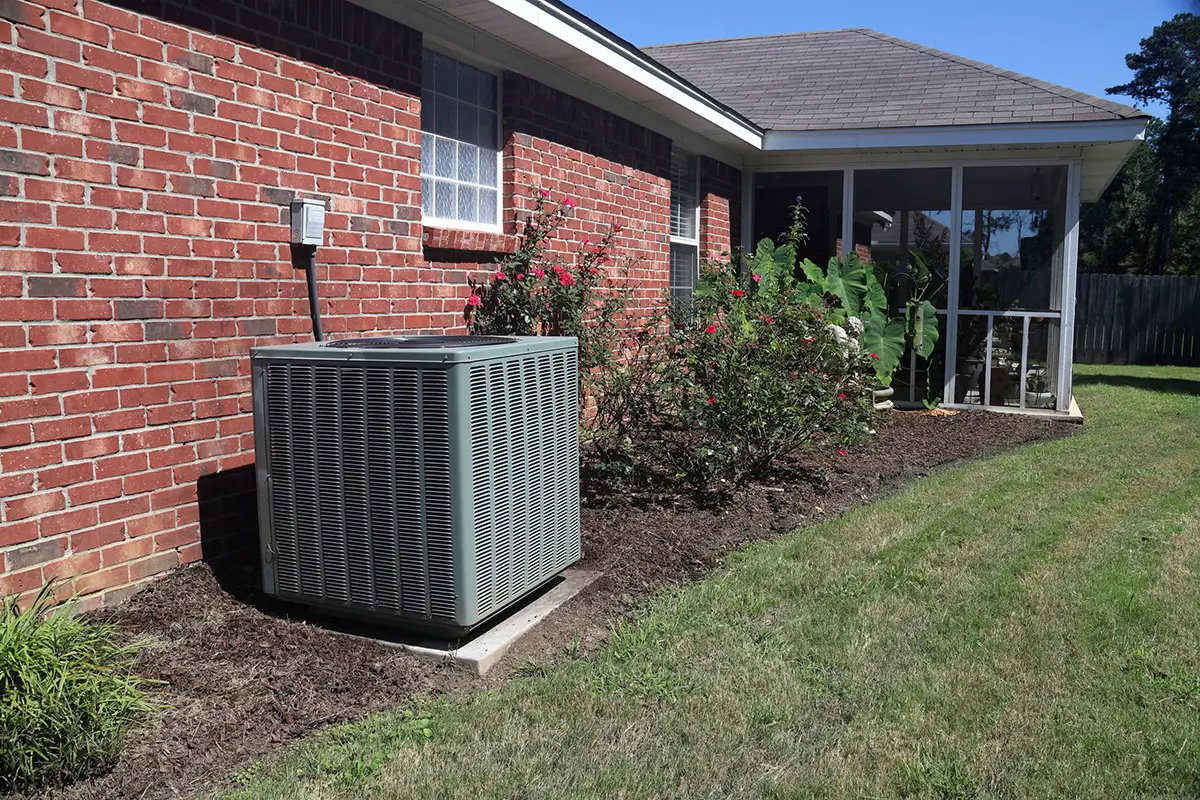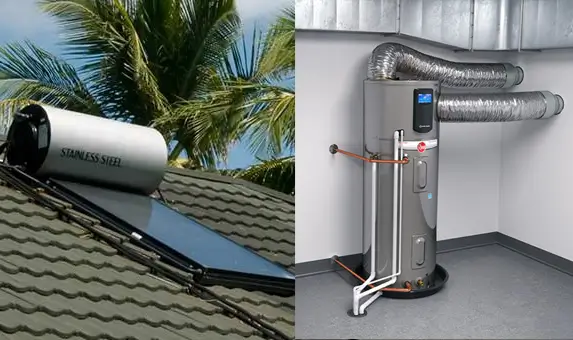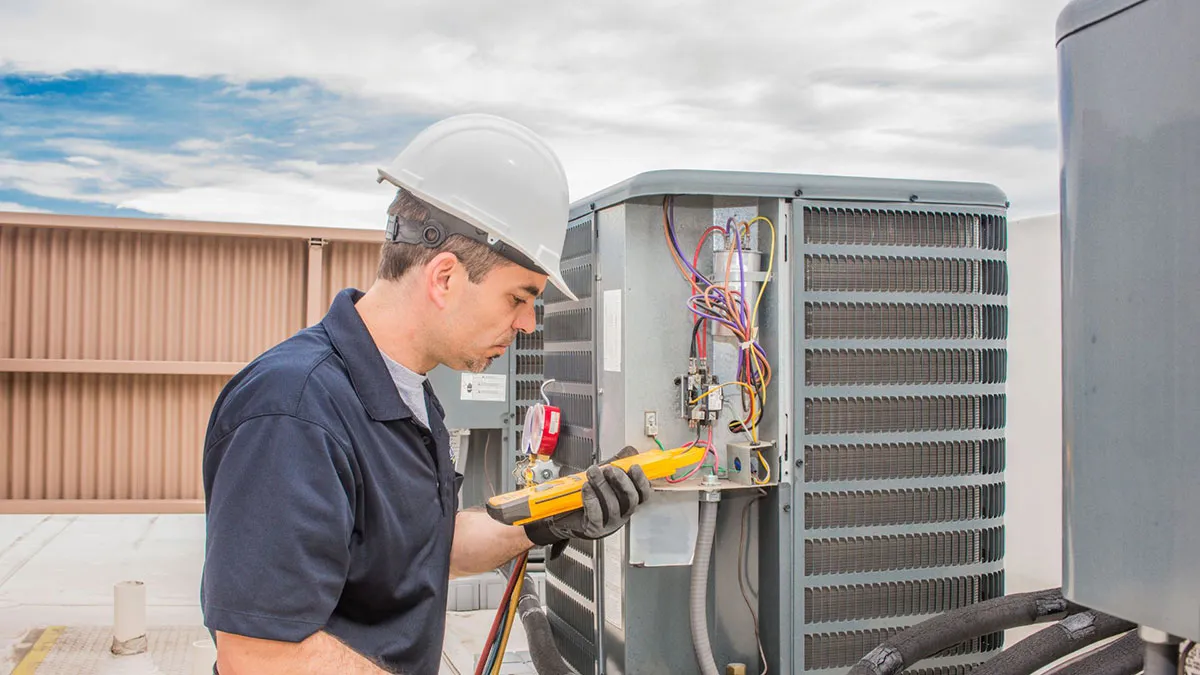Do you need an air purification system? According to the Environmental Protection Agency (EPA), indoor air quality is often 2 to 5 times worse than outside air. Considering that most people spend 90% of their time indoors, a whole-home air purification system is something that every home should have.
Outside air pollutants like car exhaust, wildfires, viral pandemics, mold, and allergens end up in your home. Worse yet, indoor air pollutants like cooking fumes, cleaning products, animal dander, dust and smoke from candles and tobacco products are generated in your home and need to be eliminated to avoid allergies, breathing issues, and odors.
Every Home Should Use Air Purification, but Which Type?
No single air purification system eradicates all pollutants, so homeowners should choose the most efficient system to eliminate the pollutants that are their biggest concern. The best air purification systems are usually whole-home systems that are placed in your air handling equipment and treat your entire home. Your trusted Steve’s Plumbing & AC technicians can help you choose the best system for your home.
There are 5 main types of air purification systems:
1. Ionizers
Ionizers use negative ions to attract pollutants and remove them from the air. Negative ions are oxygen atoms that have gained an electron, making them sticky, so that they can attach to pollutants and carry them away via your air handling system and be removed by your air filter. You experience this same type of ionization in nature during a thunderstorm, when oxygen atoms become charged, and the air is cleaned and freshened.
Ionization systems are best for removing small particles like mold, viruses, bacteria, smoke, VOCs, and odors. Ionization systems have become popular since the COVID-19 pandemic because they are proven to inactivate viruses in the air and on surfaces. For homes in climates with humidity, moisture, and flooding, whole-home ionization systems are great for preventing mold growth.
2. UV Technology
Ultraviolet (UV) light kills microorganisms when they pass by the rays radiated from a UV lamp by destroying them at the cellular level. UV lamps are often placed in your home’s air handling system so when air containing these biological pollutants pass by the lamp they are killed.
UV lamps are best for removing mold, viruses, and bacteria in your home. UV lights are often placed in the indoor coil of your central air conditioning system to inhibit the growth of mold in this condensing unit, making your system last longer and preventing mold growth in your home.
3. HEPA Technology
High Efficiency Particulate Air (HEPA) filters use fine, fibrous materials folded in an accordion shape that catch particulates when they are pushed through the filter by airflow. HEPA filters can be used in central air and furnace systems and can be found in stand-alone air purifiers as well.
HEPA filters are best at removing larger airborne particles such as dust, pollen, dust mites, and pet dander. They are less reliable at removing smaller particles such as mold, viruses, and bacteria, and they do not remove gases or odors.
4. Activated Carbon
Activated carbon is a form of carbon that has been processed to make it very porous with a large surface area for absorption. Activated carbon has chemical bonding properties capable of capturing chemical emissions, gases, smoke, and odors.
Activated carbon filters are great at removing VOCs from furniture and flooring, perfumes, and cleaning product chemicals. Activated carbon filters are available for furnace and central air systems, but check with your Steve’s technician before installing them in your home, as they can restrict airflow to these systems.
5. Ozone
Ozone air purifiers create ozone gas (O3) which is very effective at removing odors and killing biological pathogens such as mold, germs, viruses and bacteria. Different ozone machines create differing levels of ozone; however, even small amounts of ozone can irritate the lungs and sinuses and trigger asthma. Ozone is best for short-term, isolated usage, and not for ongoing whole-home air purification.
Whole-Home vs. Stand-Alone Air Purifiers
Whole-home air purification systems are an integral part of your home’s ventilation system. They can be placed on both central air conditioning systems and mini-split systems. Whole-home air purification systems are generally more cost effective than stand-alone systems, as multiple stand-alone systems are needed to cover the same area as a whole-home system.
Whole-home air purification systems require professional installation, and choosing the right system is a conversation you should have with your air conditioning technician. The knowledgeable technicians at Steve’s Plumbing & AC can provide you with a free in-home consultation and estimate on whole-home air purification systems that can have your family breathing easier. Call us today to learn more.









